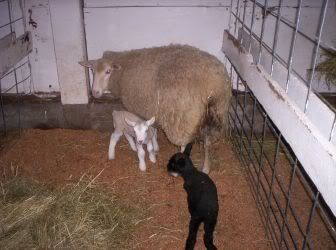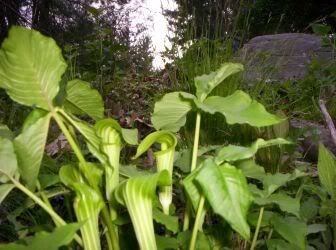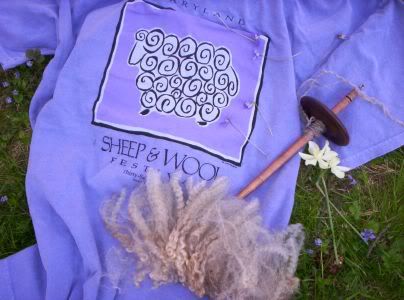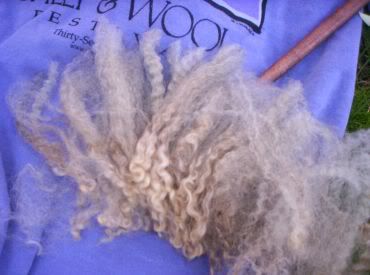
I have recently been teaching a few workshops at a not-for-profit educational farm for children, where they can participate fully in the daily activities of maintaining and operating a small scale, organic farm.
I was contacted by the owner because he had seen my little advertisement in a local farm newsletter. ( My advertisement is for production spinning, but it has more often led to other inquiries. ) He was interested in adding Fibers to the list of the curriculum that the Farm provides for the kids.
The Farm was founded on the idea "that getting children out of the classroom and onto the farm can provide tremendous opportunities for learning and self-development." And I can say from my observations that this statement is true.
My first students consisted of a very polite group of young girls who were really enthusiastic about fibers. Some of them had previous experience with knitting and crochet. They were very interested in the many different types of fibers that one could spin, but we worked specifically on taking wool through the process it takes from the sheep to a finished article.
The girls (25 all together) were mainly in 7th and 8th grade, and in my opinion, this is a wonderful age to introduce the craft of handspinning. It was really fun for me to teach them and watch them learn. My workshops consisted of groups of 5 or 6 at a time...so I was really bouncing around when it came to the "handspindle help". After a while, they were helping each other "catch on" and "get it". Nobody cared about the "lumpy" yarn they were making, they were just excited to be "doing it". I got such a kick out of watching the faces and expressions the girls would make when they would look at the drafting zone and watch the twist happen. They were often amazed and acted like it was magic...I kept hearing them say "that is sooo COOL"...and I knew that some of them were going to become life long spinners. Well, I know for sure that at least one of them will be, because she told me so. She stayed behind after the workshop was over, using her "free time" to keep spinning away on her spindle. Before she left, she approached me and said, "Thank you so much for teaching me how to do this, because I really love it and I think I am going to do it for my whole life." Priceless. I was so touched, and happy to have been able to show her how to do something that she will get many, many happy hours out of, and produce beautiful handmade yarns to boot!
The farm has several sheep (Merino/Cheviot cross), and one of the ewes gave birth to two little rams one morning during the 3 day stay that the girls were there. This was a bonus for them, as not only did a few of them witness the live birth, but they got to help with the bottle feeding of one of the lambs.

One last piece of good news...if you happen to have the summer issue of Spin-Off, please have a look at the articles (Fiber Basics: Finnsheep & A Finnsheep Lambswool Lace Scarf ) written by my friend and neighbor Grace Hatton. As usual, Grace has produced informative and (sometimes humorous) articles...and it is great to see the pictures of her work, as well as the beautiful wooden pieces that her skilled husband crafts. Grace will be offering a day of mini-fiber-workshops at her farm this summer...more on this later..






